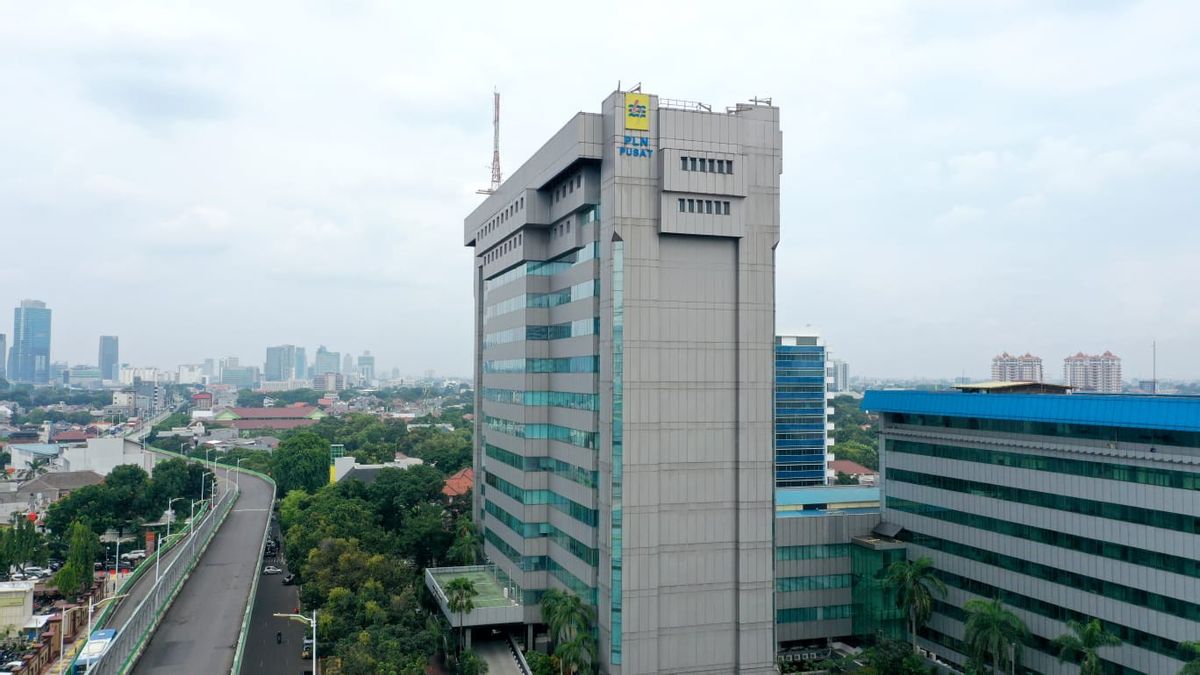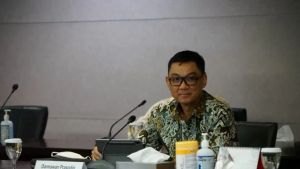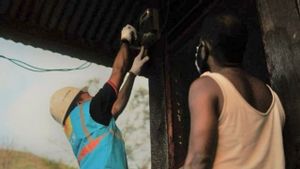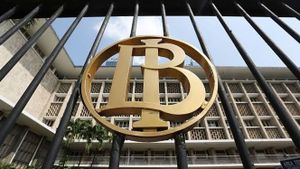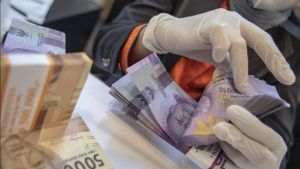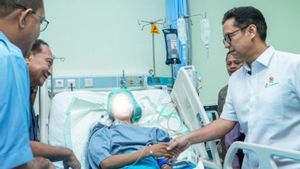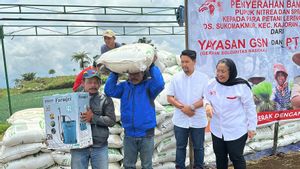PT PLN (Persero) claims to be able to reduce emissions of up to 1.05 million tons of CO2 and produce 1.04 terawatt hour (TWh) of clean energy throughout 2023.
The results were obtained through the use of biomass in co-firing technology at Steam Power Plants (PLTU).
PLN President Director Darmawan Prasodjo said his party was continuing to develop technology in responding to the challenges of the times.
The development of the technology itself has been carried out by PLN since 2021. Now, coal substitution with biomass is not only able to reduce carbon emissions, but also drive the people's economy.
"Co-firing technology is a breakthrough in the energy transition in the country. Because, with this technology, many benefits are obtained, apart from reducing emissions, it will also reduce the use of fossil energy," said Darmawan in a written statement, Wednesday, January 3.
Darmawan assessed that co-firing does not only produce reliable electricity but remains cheap for the community. More than that, co-firing also encourages the people's economy through the direct involvement of the community in the development of biomass.
As for 2023, PLN has absorbed 1 million tons of biomass for 43 PLTUs spread across the country. This figure grew by more than 71 percent compared to the realization of biomass absorption in 2022 of 585 thousand tons.
Simultaneously, PLN will continue to test this technology until 2025, so that 52 PLTUs in Indonesia can fully use co-firing.
At the end of 2023, PLN claims to have succeeded in implementing the PLTU in a hybrid manner, of which 100 percent of biomass operates for 15 days in one month at PLTU Sintang, West Kalimantan.
This achievement is the first and longest in Indonesia, as well as an answer to the future of clean energy in the country.
SEE ALSO:
"100 percent of the use of biomass is a form of PLN Group's consistency in providing better clean energy for Indonesia. As a pioneer, I hope this success can also be a motivation to be applied to other PLTUs," he said.
The improvement in the community's economy, said Darmawan, can also be boosted through the biomass supply chain which directly involves the community. The biomass ecosystem continues to be developed by cooperating with local communities, cooperatives and micro, small and medium enterprises (MSMEs) to local governments around the location of biomass sources.
Since March 2023, he continued, his party has collaborated with the Provincial Government of the Special Region of Yogyakarta (DIY) in developing a green economy area to support the zero-step carbon emissions (NZE) 2060 based on the involvement of local communities.
"We as SOEs are not only responsible for providing clean energy. The innovations we develop also target various aspects, encourage the people's economy, preserve forests, and rehabilitate barren land and release dependence on fossil fuels," he added.
The English, Chinese, Japanese, Arabic, and French versions are automatically generated by the AI. So there may still be inaccuracies in translating, please always see Indonesian as our main language. (system supported by DigitalSiber.id)
